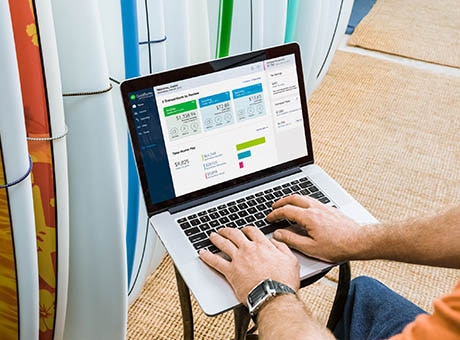If you’re a fledgling self-employed business owner who’s not sure how to create an invoice, you’re not alone. Fortunately, the process is easy. First, you can find an easy-to-use invoice template on the QuickBooks website. Next, enter your company information and the customer information for the party you’re billing. Finally, provide a price and description of the product and/or service provided, and send the entire invoice to the customer via email, Canada Post, or another preferred method of communication.
To get into more detail, there are nine types of invoices in accounts payable and accounts receivable procedures you should be familiar with. The following is a quick-start guide to get you familiar with the basics of how to create a specific invoice.



